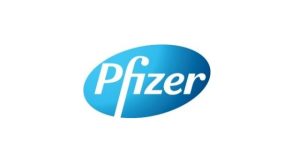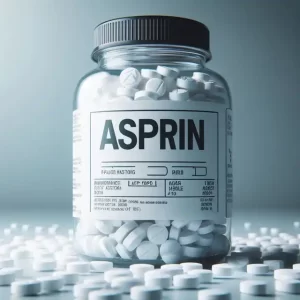World First CRISPR Gene Editing Therapy: FDA Advisory Meeting
- Why Botulinum Toxin Reigns as One of the Deadliest Poisons?
- FDA Approves Pfizer’s One-Time Gene Therapy for Hemophilia B: $3.5 Million per Dose
- Aspirin: Study Finds Greater Benefits for These Colorectal Cancer Patients
- Cancer Can Occur Without Genetic Mutations?
- Statins Lower Blood Lipids: How Long is a Course?
- Warning: Smartwatch Blood Sugar Measurement Deemed Dangerous
World First CRISPR Gene Editing Therapy: FDA Advisory Meeting
- Red Yeast Rice Scare Grips Japan: Over 114 Hospitalized and 5 Deaths
- Long COVID Brain Fog: Blood-Brain Barrier Damage and Persistent Inflammation
- FDA has mandated a top-level black box warning for all marketed CAR-T therapies
- Can people with high blood pressure eat peanuts?
- What is the difference between dopamine and dobutamine?
- How long can the patient live after heart stent surgery?
World First CRISPR Gene Editing Therapy: FDA Advisory Meeting
According to the latest news from Nature, a treatment method based on the CRISPR-Cas9 gene editing system, known as exagamglogene autotemcel (exa-cel), may become the first case globally to receive approval from the United States Food and Drug Administration (FDA) [1].
However, before this can happen, external advisors to the FDA will assess the safety of CRISPR-based treatments for sickle cell disease.

Previously, in June of this year, Vertex Pharmaceuticals and CRISPR Therapeutics jointly announced the acceptance of their application for exagamglogene autotemcel (exa-cel) for the treatment of sickle cell disease (SCD) and transfusion-dependent beta-thalassemia (TDT) by the US FDA. The approval deadlines for these two indications are December 8, 2023, for SCD and March 30, 2024, for TDT [2].
On October 31st, FDA’s external advisors will convene a meeting to evaluate the safety of the exa-cel therapy. According to a briefing document released by the FDA on October 27th, the agency’s reviewers have already noted safety data submitted by the two companies and the potential implications of off-target editing in the exa-cel therapy, which will be a key topic of discussion when assessing the risks and benefits of exa-cel [3].
Sickle cell disease is a condition caused by abnormal hemoglobin. Abnormal hemoglobin causes blood cells to deform and clump together, sometimes blocking blood vessels, leading to tissue hypoxia, resulting in long-term damage and pain, known as vaso-occlusive crises.
Exa-cel uses CRISPR to edit the enhancer region of BCL11A (a transcription factor that suppresses the expression of γ-globin and fetal hemoglobin (HbF) in red blood cells), thereby reactivating the production of HbF and expressing high levels of HbF, reducing the impact of abnormal hemoglobin. However, off-target editing may occur during this process.
The development companies, Vertex and CRISPR Therapeutics, propose a 15-year follow-up of trial participants after treatment to observe long-term effects.\
References:
[1] https://news.vrtx.com/news-releases/news-release-details/fda-accepts-biologics-license-applications-exagamglogene
[2] https://www.nature.com/articles/d41586-023-03317-7
[3] https://www.fda.gov/advisory-committees/advisory-committee-calendar/cellular-tissue-and-gene-therapies-advisory-committee-october-31-2023-meeting-announcement-10312023#event-materials
World First CRISPR Gene Editing Therapy: FDA Advisory Meeting
(source:internet, reference only)
Disclaimer of medicaltrend.org
Important Note: The information provided is for informational purposes only and should not be considered as medical advice.



